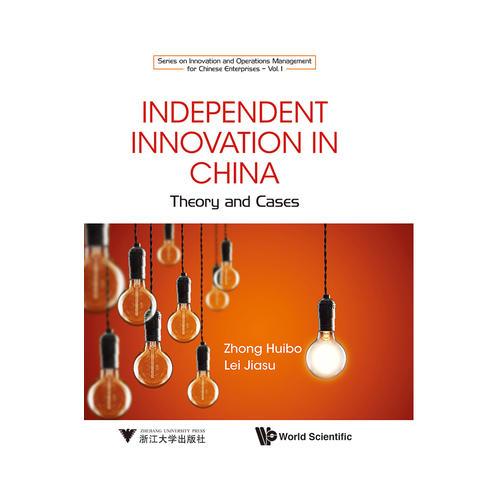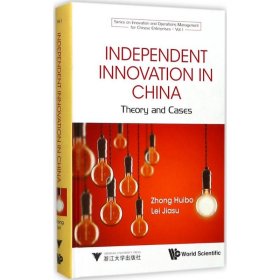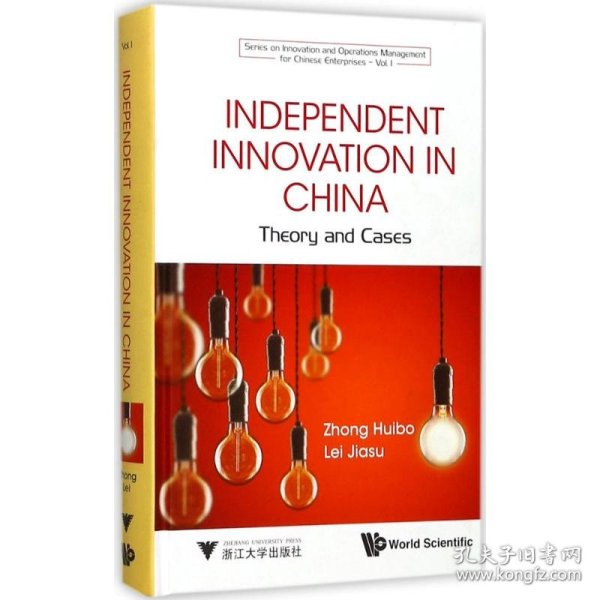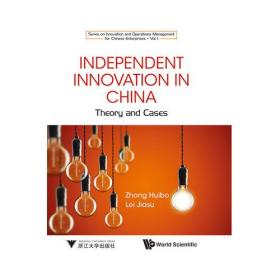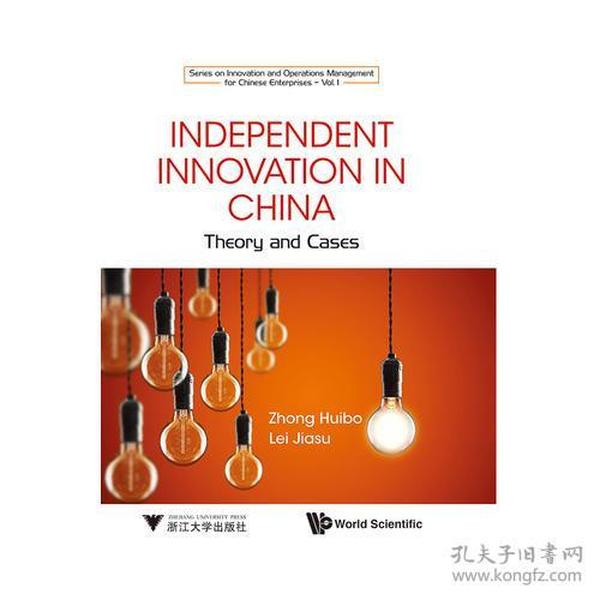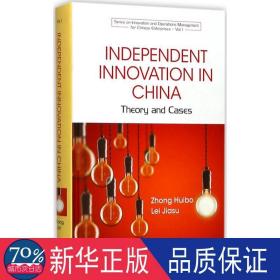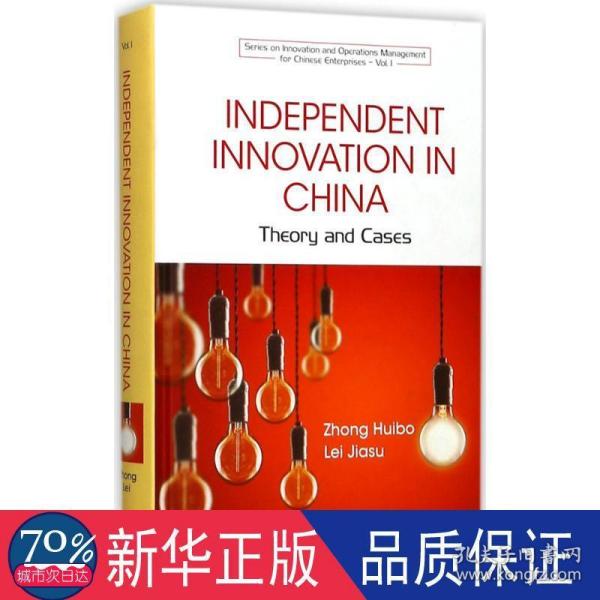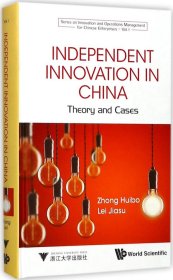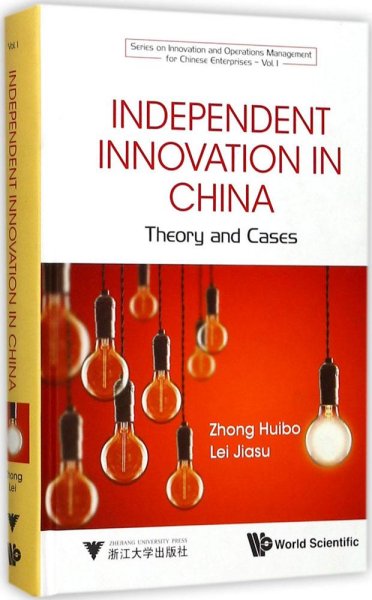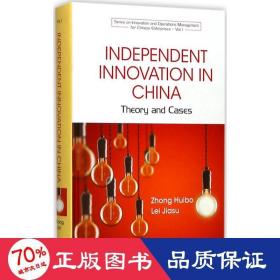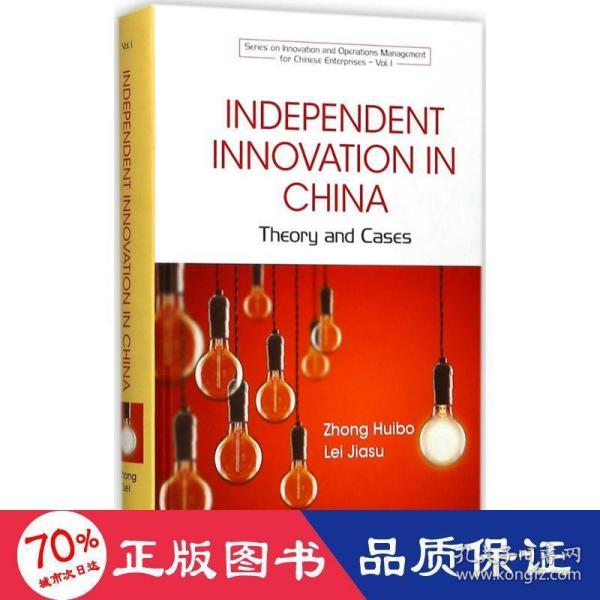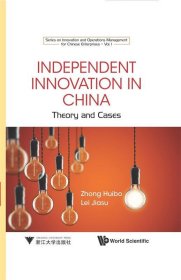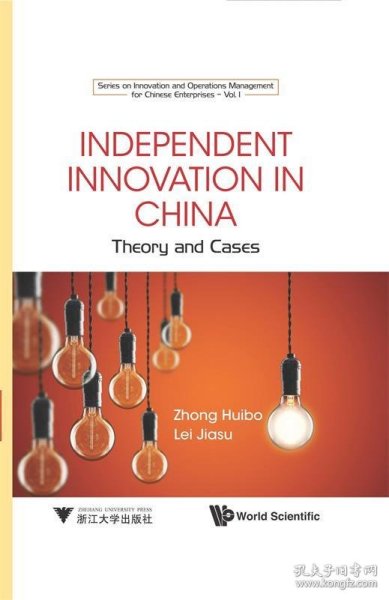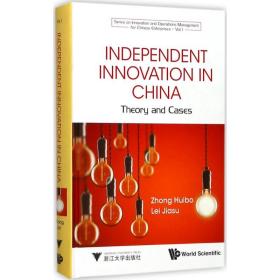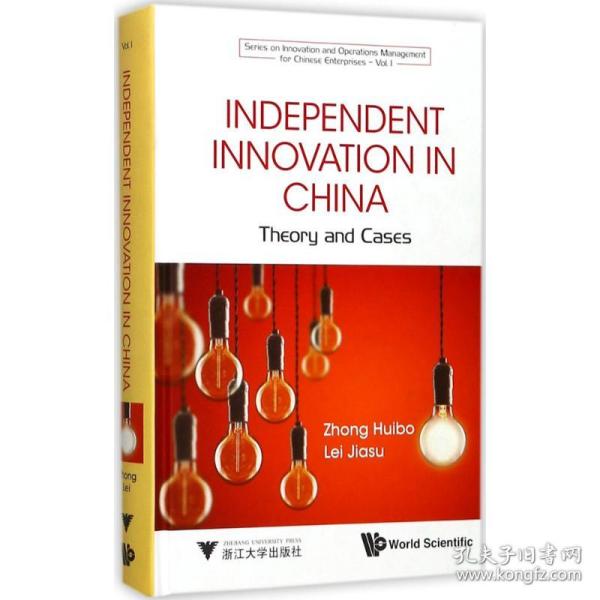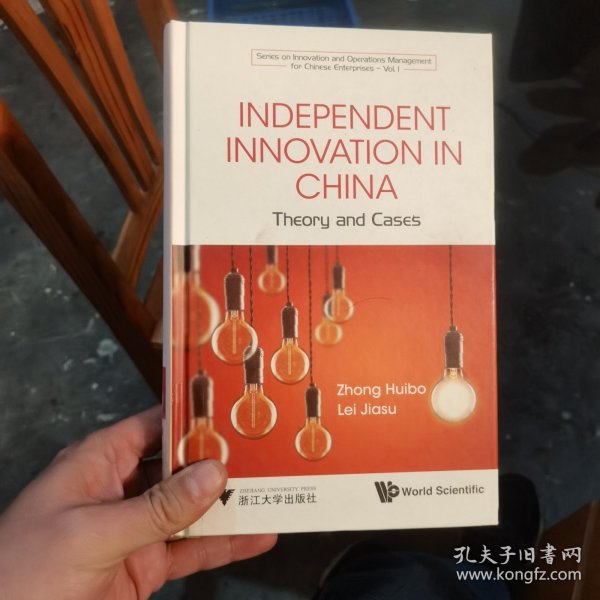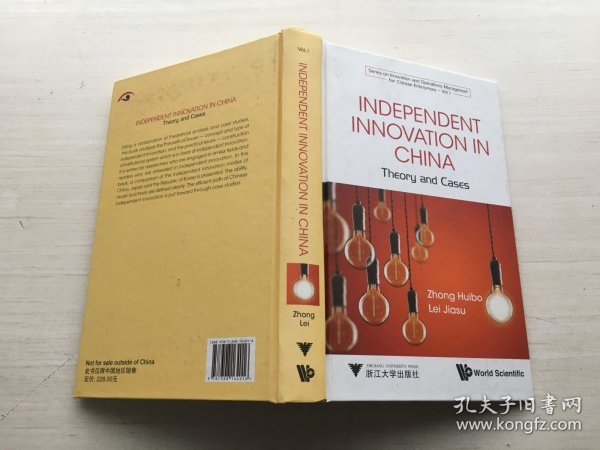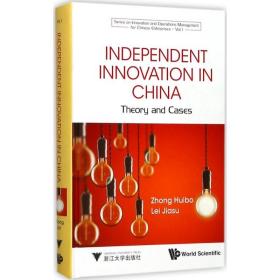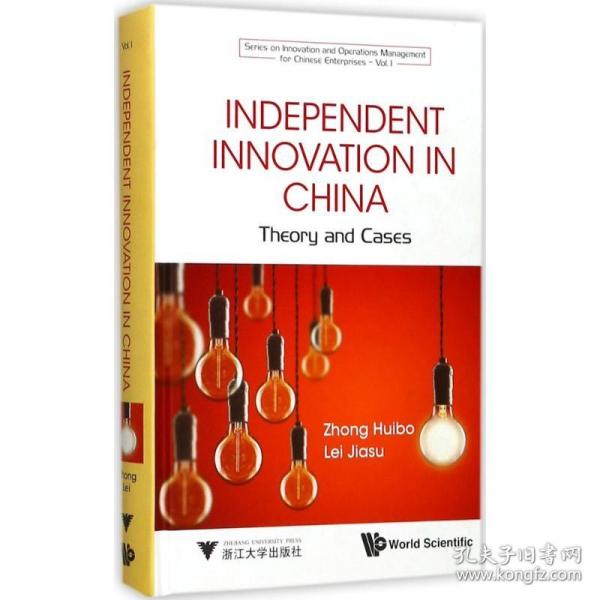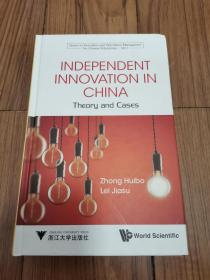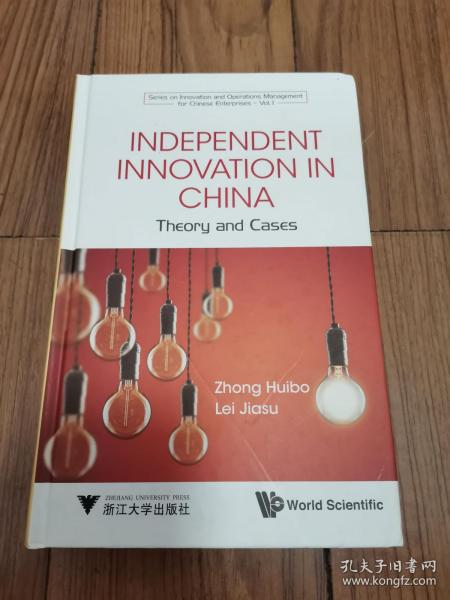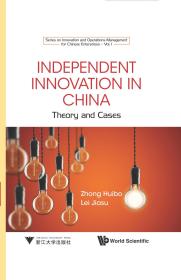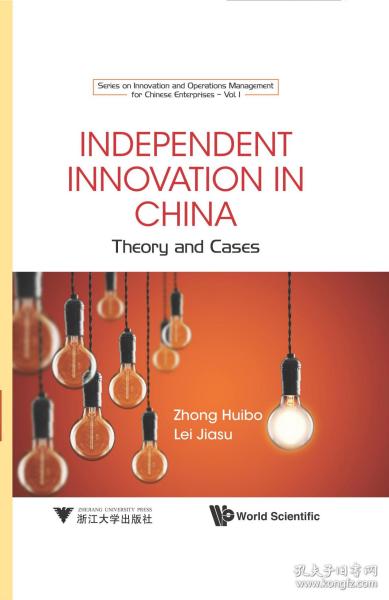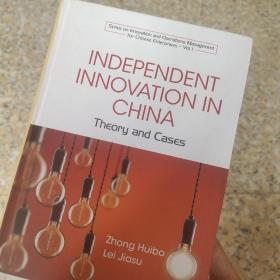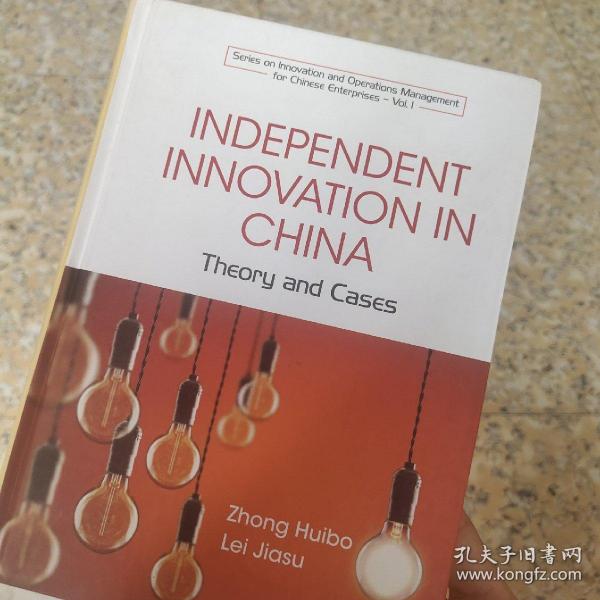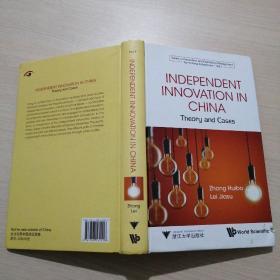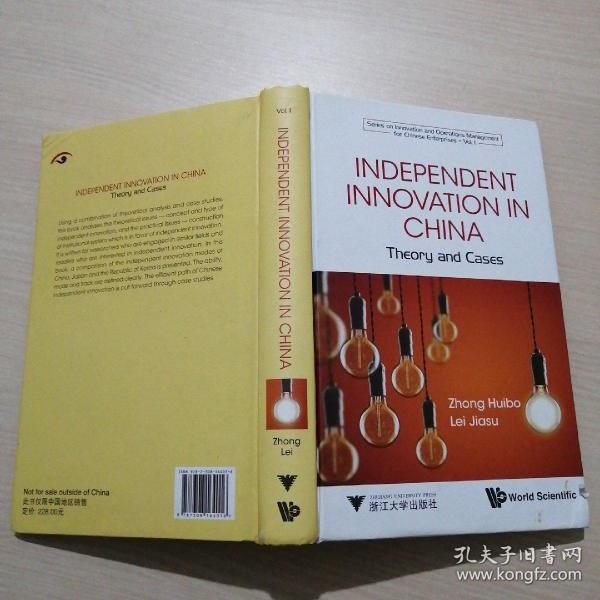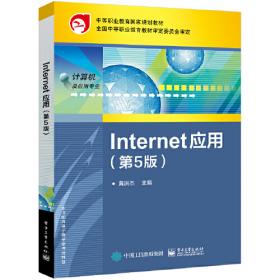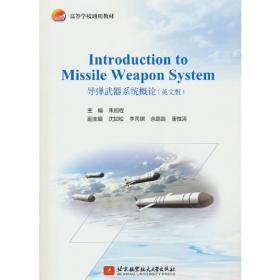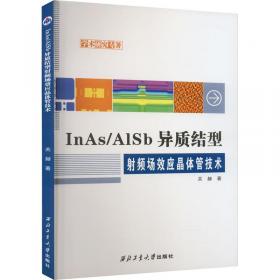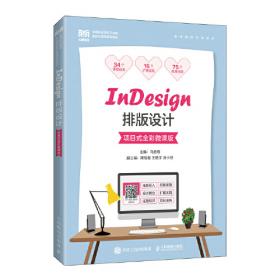Independent Innovation in China:Theory and Cases 中国的自主创新:理论与案例
出版时间:
2017-11
版次:
1
ISBN:
9787308164016
定价:
228.00
装帧:
其他
开本:
16开
纸张:
胶版纸
-
由钟惠波和雷家骕所合著的这本书《中国的自主创新--理论与案例(英文版)(精)》对自主创新的概念进行了界定和类型划分,对与自主创新相关的概念进行了解释,在此基础上,论述了中国实施自主创新战略的紧迫性以及中国实施自主创新的有效战略,中国自主创新的能力、模式与轨道,企业自主创新中的技术整合,中国自主创新的制度保障,传统产业和新兴产业的自主创新战略等。在探讨上述基本问题的基础上,分析了20个自主创新的企业案例和5个产业层面的自主创新案例,进一步进行了理论归纳。 Preface
Chapter 1 Introduction
1.1 The definition of the concepts related to independent innovation
1.1.1 The basic concept of independent innovation
I.1.2 The subjects of independent innovation
1.1.3 The dispute over the definition of independent innovation
1.2 Classification of the models and types of innovation
1.2.1 Foreign classification of innovation models based on different paths
1.2.2 Domestic classification of innovation models seen from different angles
1.3 Classification of independent innovation
1.3.1 Original innovation, integrated innovation, and re-innovation based on introduction, implementation, and adoption
1.3.2 Conventional and unconventional independent innovation
1.3.3 Breakthrough innovation of dominating design, core components, and product architecture
1.3.4 Independent innovation based on cooperation
1.4 The basic layout of this book
References
Chapter 2 The urgency for implementation of independent innovation strategy in China
2.1 The practical enlightenment of“market for technology”in China
2.1.1 Positive effects of“market for technology”on the innovation of Chinese domestic enterprises
2.1.2 Negative effects of“market for technology”on the innovation of Chinese domestic enterprises
2.1.3 The effect of“market for technology”requires independent innovation
2.2 Japan:Imitation, improvement, and innovation
2.2.1 The experience of Japanese independent innovation
2.2.2 Japanese policy and measures of innovation
2.2.3 Typical cases of Japanese independent innovation
2.3 The Republic of Korea:Introduction and innovation
2.3.1 The characteristics of Korean independent innovation
2.3.2 The measures of Korean independent innovation
2.3.3 Typical cases of Korean independent innovation
2.4 China must insist on the national strategy of independent innovation
2.4.1 Independent innovation is beneficial to the sustainable development of the Chinese economy
2.4.2 Related practice shows that underdeveloped countries are likely to realize independent innovation
2.4.3 China has the basic conditions and environment to implement independent innovation
2.4.4 While insisting on independent innovation strategy, attention should be paid to its relevant restraining factors
Chapter 3 The efficient path towards Chinese independent innovation:Understanding through case studies
3.1 Case selection
3.1.1 Basic considerations and the principles of case selection
3.1.2 Brief information concerning the case enterprises and the case list
3.2 The path towards independent innovation from low-end to high-end(implementation, adoption, and re-innovation)
3.2.1 The connotation of introduction, implementation, adoption, and re-innovation
3.2.2 The evolution process from low-end to high-end
3.2.3 Gradual catching-up based on core components(taking Chery as an example)
3.3 The path towards independent innovation based on knowledge-integrated innovation(integrated innovation)
3.3.1 The connotation of integrated innovation
3.3.2 The inner structure of integrated innovation
3.3.3 Integrated innovation based on end products(taking FAW Car as an example)
3.4 The path towards independent innovation:Innovation(original innovation) directly from high-end
3.4.1 The connotation of original innovation
3.4.2 The realization path of original innovation
3.4.3 Market-oriented innovation based on technological breakthrough(taking Suntech as an example)
References
Chapter 4 The capacity, mode, and trajectory of Chinese independent innovation
4.1 The connotations of the capacity, mode, and trajectory of innovation
4.1.1 Innovation and independent innovation capacity
4.1.2 The mode of enterprise innovation and the trajectory of industry innovation
4.2 The mode and the building up of the capacity for enterprise independent innovation
4.2.1 The mode and the improvement of capacity in different stages of enterprise innovation
4.2.2 The selection of the innovation mode in different stages of enterprise growth
4.3 The construction of the trajectory of and ability for industry innovation
4.3.1 The selection of a generalized trajectory of industry innovation
4.3.2 The selection of a trajectory for industrial independent innovation:Taking the Chinese equipment manufacturing industry as an example
4.3.3 The inherent structure and construction of the industrial capacity for independent innovation
References
Chapter 5 The method and mechanism of technology integration in enterprise independent innovation
5.1 The relative concepts of technology and technology integration
5.1.1 Definition of technology
5.1.2 Two kinds of technology integration
5.1.3 The relationship between technology integration and independent innovation
5.2 The content and process of technology integration
5.2.1 The content of technology integration
5.2.2 The process of technology integration
5.2.3 The problems enterprises face in the process of technology integration
5.3 Technology integration from two perspectives
5.3.1 Technology integration from the perspective of the construction of enterprise knowledge
5.3.2 Technology integration from the perspectives of intemal and external resources
5.4 The feasible mechanism of enterprise technology integr tion
5.4.1 The participants in and the task boundary of enterprise technology integration
5.4.2 The mechanism of the three aspects of enterprise technology integration
Referenees
Chapter 6 The institutional guarantee of Chinese independent jnnovation:The construction of an innovation system
6.1 Innovation system, the institutional guarantee of independent innovation
6.1.1 The connotations of innovation system
6.1.2 The practices of building up a national innovation system(NIS)
6.2 The establishment of an NIS oriented towards independent innovation
6.2.1 The historical evolution of the Chinese NIS
6.2.2 The construction of the Chinese NIS oriented towards independent
innovation
6.3 The establishment of a sectoral innovation system(SIS)oriented towards independent innovation
6.3.1 The connotations of an SIS
6.3.2 The framework of an SIS oriented towards independent innovation
6.4 The construction of an enterprise innovation system(EIS)oriented towards independent innovation
6.4.1 The connotations of an EIS
6.4.2 The framework of an EIS oriented towards independent innovation
References
Appendix
Enterprise Case 1 Huawei—Independent innovation as the challenger's passport
1.The progress of Huawei's independent innovation
2.The four magic keys to Huawei's independent innovation
3.The trajectory analysis of Huawei's independent innovation strategy
Enterprise Case 2 CIMC—Independent innovation forging a world-class enterprise
1.Rapid development of CIMC
2.The characteristics of CIMC's independent innovation mode
3.Summary
Enterprise Case 3 BYD—From a battery king to an auto manufacturer
1.The miracle from 2 million yuan to 80 billion yuan
2.The experience of BYD's fast growth-Independent innovation
3.Learning from BYD's independent innovation
Enterprise Case 4 Tencent—Winning by“Q”
1.The history of QQ's development
2.The innovation path of QQ
3.The characteristics of Tencent's independent innovation
4.Summary
Enterprise Case 5 XunIei—A dominator and pioneer in the downloading engine industry
1.The history of Xunlei's development
2.The enlightenment of Xunlei's innovation
3.Summary
Enterprise Case 6 Mindray—The leader of the Chinese medical equipment industry
1.Mindray's growth
2.Mindray's all-around independent innovation
3.The enlightenment from Mindray's innovation
4.Summary
Enterprise Case 7 CHINT—From a Wenzhou manufacturer to a world-class brand
1.The history of CHINT's development
2.The developmental trajectory from independent innovation to independent brand
3.Selecting the trajectory for CHINT's independent innovation
4.Summary
Enterprise Case 8 Nuctech—The clairvoyance of China
1.Company profile
2.The analysis of Nuctech's trajectory towards independent innovation
3.Summary
Enterprise Case 9 Chery—Creating the independent brand of the Chinese auto industry
1.Introduction
2.Chery's independent innovation
3.Chery's trajectory towards independent innovation:From introduction, integration, original innovation, then to fullinnovation
4.The features and implications of Chery's independent innovation
5.Summary
Industry Case The bottleneck and trajectory of the localization of the Chinese equipment manufacturing industry
1.The equipment manufacturing industry and its characteristics
2.The situation and problems of the localization of the Chinese equipment manufacturing industry
3.The analysis of the cause of low-level localization of the Chinese equipment manufacturing industry
4.The analysis of the trajectory of the localization of the Chinese equipment manufacturing industry
Index
-
内容简介:
由钟惠波和雷家骕所合著的这本书《中国的自主创新--理论与案例(英文版)(精)》对自主创新的概念进行了界定和类型划分,对与自主创新相关的概念进行了解释,在此基础上,论述了中国实施自主创新战略的紧迫性以及中国实施自主创新的有效战略,中国自主创新的能力、模式与轨道,企业自主创新中的技术整合,中国自主创新的制度保障,传统产业和新兴产业的自主创新战略等。在探讨上述基本问题的基础上,分析了20个自主创新的企业案例和5个产业层面的自主创新案例,进一步进行了理论归纳。
-
目录:
Preface
Chapter 1 Introduction
1.1 The definition of the concepts related to independent innovation
1.1.1 The basic concept of independent innovation
I.1.2 The subjects of independent innovation
1.1.3 The dispute over the definition of independent innovation
1.2 Classification of the models and types of innovation
1.2.1 Foreign classification of innovation models based on different paths
1.2.2 Domestic classification of innovation models seen from different angles
1.3 Classification of independent innovation
1.3.1 Original innovation, integrated innovation, and re-innovation based on introduction, implementation, and adoption
1.3.2 Conventional and unconventional independent innovation
1.3.3 Breakthrough innovation of dominating design, core components, and product architecture
1.3.4 Independent innovation based on cooperation
1.4 The basic layout of this book
References
Chapter 2 The urgency for implementation of independent innovation strategy in China
2.1 The practical enlightenment of“market for technology”in China
2.1.1 Positive effects of“market for technology”on the innovation of Chinese domestic enterprises
2.1.2 Negative effects of“market for technology”on the innovation of Chinese domestic enterprises
2.1.3 The effect of“market for technology”requires independent innovation
2.2 Japan:Imitation, improvement, and innovation
2.2.1 The experience of Japanese independent innovation
2.2.2 Japanese policy and measures of innovation
2.2.3 Typical cases of Japanese independent innovation
2.3 The Republic of Korea:Introduction and innovation
2.3.1 The characteristics of Korean independent innovation
2.3.2 The measures of Korean independent innovation
2.3.3 Typical cases of Korean independent innovation
2.4 China must insist on the national strategy of independent innovation
2.4.1 Independent innovation is beneficial to the sustainable development of the Chinese economy
2.4.2 Related practice shows that underdeveloped countries are likely to realize independent innovation
2.4.3 China has the basic conditions and environment to implement independent innovation
2.4.4 While insisting on independent innovation strategy, attention should be paid to its relevant restraining factors
Chapter 3 The efficient path towards Chinese independent innovation:Understanding through case studies
3.1 Case selection
3.1.1 Basic considerations and the principles of case selection
3.1.2 Brief information concerning the case enterprises and the case list
3.2 The path towards independent innovation from low-end to high-end(implementation, adoption, and re-innovation)
3.2.1 The connotation of introduction, implementation, adoption, and re-innovation
3.2.2 The evolution process from low-end to high-end
3.2.3 Gradual catching-up based on core components(taking Chery as an example)
3.3 The path towards independent innovation based on knowledge-integrated innovation(integrated innovation)
3.3.1 The connotation of integrated innovation
3.3.2 The inner structure of integrated innovation
3.3.3 Integrated innovation based on end products(taking FAW Car as an example)
3.4 The path towards independent innovation:Innovation(original innovation) directly from high-end
3.4.1 The connotation of original innovation
3.4.2 The realization path of original innovation
3.4.3 Market-oriented innovation based on technological breakthrough(taking Suntech as an example)
References
Chapter 4 The capacity, mode, and trajectory of Chinese independent innovation
4.1 The connotations of the capacity, mode, and trajectory of innovation
4.1.1 Innovation and independent innovation capacity
4.1.2 The mode of enterprise innovation and the trajectory of industry innovation
4.2 The mode and the building up of the capacity for enterprise independent innovation
4.2.1 The mode and the improvement of capacity in different stages of enterprise innovation
4.2.2 The selection of the innovation mode in different stages of enterprise growth
4.3 The construction of the trajectory of and ability for industry innovation
4.3.1 The selection of a generalized trajectory of industry innovation
4.3.2 The selection of a trajectory for industrial independent innovation:Taking the Chinese equipment manufacturing industry as an example
4.3.3 The inherent structure and construction of the industrial capacity for independent innovation
References
Chapter 5 The method and mechanism of technology integration in enterprise independent innovation
5.1 The relative concepts of technology and technology integration
5.1.1 Definition of technology
5.1.2 Two kinds of technology integration
5.1.3 The relationship between technology integration and independent innovation
5.2 The content and process of technology integration
5.2.1 The content of technology integration
5.2.2 The process of technology integration
5.2.3 The problems enterprises face in the process of technology integration
5.3 Technology integration from two perspectives
5.3.1 Technology integration from the perspective of the construction of enterprise knowledge
5.3.2 Technology integration from the perspectives of intemal and external resources
5.4 The feasible mechanism of enterprise technology integr tion
5.4.1 The participants in and the task boundary of enterprise technology integration
5.4.2 The mechanism of the three aspects of enterprise technology integration
Referenees
Chapter 6 The institutional guarantee of Chinese independent jnnovation:The construction of an innovation system
6.1 Innovation system, the institutional guarantee of independent innovation
6.1.1 The connotations of innovation system
6.1.2 The practices of building up a national innovation system(NIS)
6.2 The establishment of an NIS oriented towards independent innovation
6.2.1 The historical evolution of the Chinese NIS
6.2.2 The construction of the Chinese NIS oriented towards independent
innovation
6.3 The establishment of a sectoral innovation system(SIS)oriented towards independent innovation
6.3.1 The connotations of an SIS
6.3.2 The framework of an SIS oriented towards independent innovation
6.4 The construction of an enterprise innovation system(EIS)oriented towards independent innovation
6.4.1 The connotations of an EIS
6.4.2 The framework of an EIS oriented towards independent innovation
References
Appendix
Enterprise Case 1 Huawei—Independent innovation as the challenger's passport
1.The progress of Huawei's independent innovation
2.The four magic keys to Huawei's independent innovation
3.The trajectory analysis of Huawei's independent innovation strategy
Enterprise Case 2 CIMC—Independent innovation forging a world-class enterprise
1.Rapid development of CIMC
2.The characteristics of CIMC's independent innovation mode
3.Summary
Enterprise Case 3 BYD—From a battery king to an auto manufacturer
1.The miracle from 2 million yuan to 80 billion yuan
2.The experience of BYD's fast growth-Independent innovation
3.Learning from BYD's independent innovation
Enterprise Case 4 Tencent—Winning by“Q”
1.The history of QQ's development
2.The innovation path of QQ
3.The characteristics of Tencent's independent innovation
4.Summary
Enterprise Case 5 XunIei—A dominator and pioneer in the downloading engine industry
1.The history of Xunlei's development
2.The enlightenment of Xunlei's innovation
3.Summary
Enterprise Case 6 Mindray—The leader of the Chinese medical equipment industry
1.Mindray's growth
2.Mindray's all-around independent innovation
3.The enlightenment from Mindray's innovation
4.Summary
Enterprise Case 7 CHINT—From a Wenzhou manufacturer to a world-class brand
1.The history of CHINT's development
2.The developmental trajectory from independent innovation to independent brand
3.Selecting the trajectory for CHINT's independent innovation
4.Summary
Enterprise Case 8 Nuctech—The clairvoyance of China
1.Company profile
2.The analysis of Nuctech's trajectory towards independent innovation
3.Summary
Enterprise Case 9 Chery—Creating the independent brand of the Chinese auto industry
1.Introduction
2.Chery's independent innovation
3.Chery's trajectory towards independent innovation:From introduction, integration, original innovation, then to fullinnovation
4.The features and implications of Chery's independent innovation
5.Summary
Industry Case The bottleneck and trajectory of the localization of the Chinese equipment manufacturing industry
1.The equipment manufacturing industry and its characteristics
2.The situation and problems of the localization of the Chinese equipment manufacturing industry
3.The analysis of the cause of low-level localization of the Chinese equipment manufacturing industry
4.The analysis of the trajectory of the localization of the Chinese equipment manufacturing industry
Index
查看详情
-
全新
江苏省南京市
平均发货15小时
成功完成率82.48%
-
全新
河北省保定市
平均发货28小时
成功完成率90.92%
-
全新
河北省保定市
平均发货34小时
成功完成率84.17%
-
全新
江苏省南京市
平均发货7小时
成功完成率98.15%
-
全新
江苏省无锡市
平均发货8小时
成功完成率96.12%
-
全新
北京市丰台区
平均发货25小时
成功完成率87.61%
-
九五品
北京市通州区
平均发货30小时
成功完成率87.76%
-
全新
-
全新
山东省潍坊市
平均发货16小时
成功完成率81.96%
-
全新
河北省保定市
平均发货18小时
成功完成率80.73%
-
全新
河北省保定市
平均发货31小时
成功完成率86.52%
-
全新
河北省保定市
平均发货18小时
成功完成率81.27%
-
全新
河北省保定市
平均发货18小时
成功完成率82.78%
-
全新
北京市西城区
平均发货16小时
成功完成率91.71%
-
八五品
上海市浦东新区
平均发货37小时
成功完成率98.05%
-
九品
山东省济宁市
平均发货7小时
成功完成率96.97%
-
全新
天津市河东区
平均发货24小时
成功完成率91.01%
-
全新
海南省海口市
平均发货12小时
成功完成率83.58%
-
全新
北京市朝阳区
平均发货12小时
成功完成率91.3%
-
全新
北京市朝阳区
平均发货13小时
成功完成率93.52%
-
全新
河北省保定市
平均发货17小时
成功完成率81.76%
-
九五品
河北省保定市
平均发货14小时
成功完成率100%
-
九五品
浙江省杭州市
平均发货18小时
成功完成率97.17%
-
全新
河北省保定市
平均发货6小时
成功完成率84.01%
-
全新
河北省保定市
平均发货13小时
成功完成率88.85%
-
全新
河北省保定市
平均发货8小时
成功完成率83.02%
-
全新
浙江省杭州市
平均发货23小时
成功完成率90.07%
-
全新
北京市通州区
平均发货25小时
成功完成率27.27%
-
全新
河北省保定市
平均发货17小时
成功完成率58.33%
-
九五品
河北省保定市
平均发货27小时
成功完成率83.1%
-
全新
河北省保定市
平均发货15小时
成功完成率87.77%
-
中国的自主创新:理论与案例
本店所有图书均为正版一手库存书,无笔记,未翻阅。欢迎选购!,图片标题不一致时,请以标题即商品名称为准!配货发货只核对书号和商品名称,谢谢
全新
河北省保定市
平均发货27小时
成功完成率77.48%
-
九五品
-
九品
安徽省合肥市
平均发货26小时
成功完成率95.11%
-
全新
河北省保定市
平均发货26小时
成功完成率85.15%
-
九品
北京市东城区
平均发货25小时
成功完成率87.81%
-
全新
广东省广州市
平均发货25小时
成功完成率83.08%
-
全新
广东省广州市
平均发货17小时
成功完成率88.79%
-
全新
河北省保定市
平均发货15小时
成功完成率84.46%

 占位居中
占位居中

